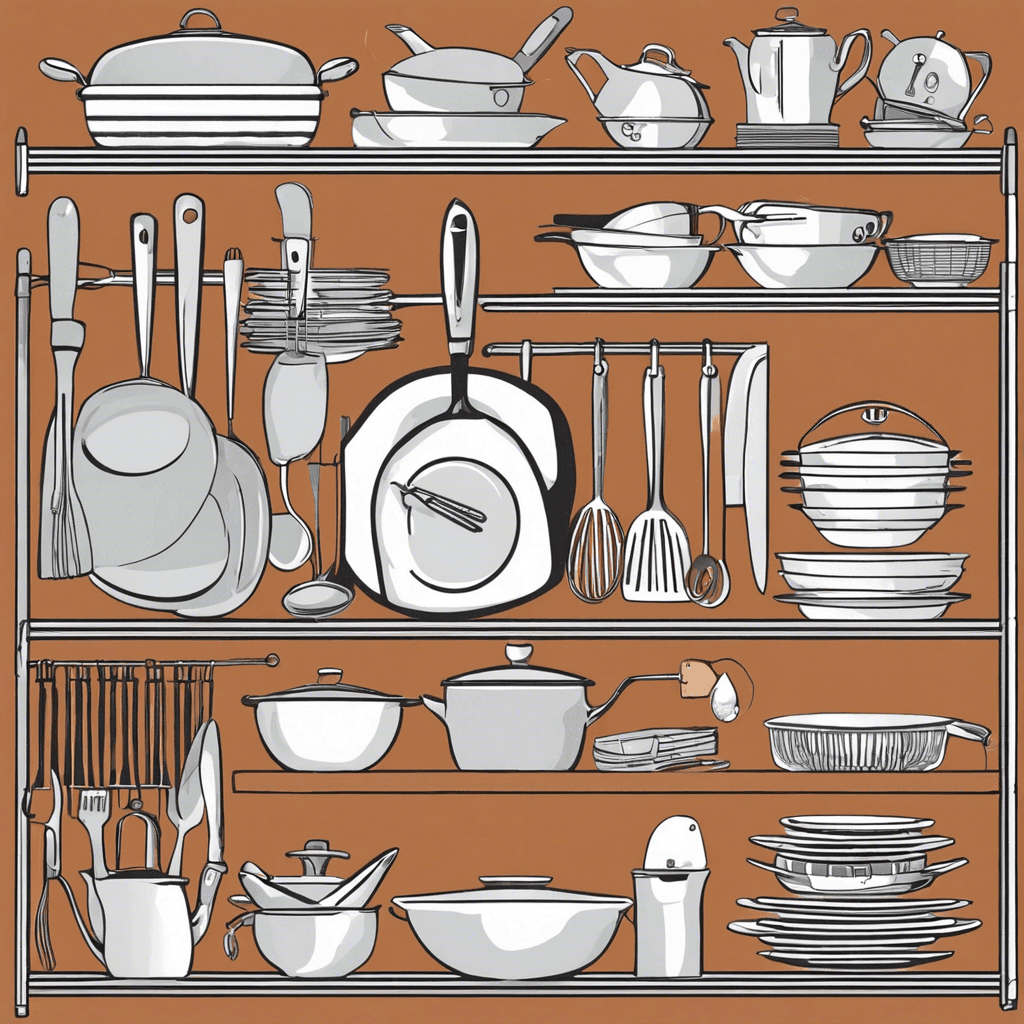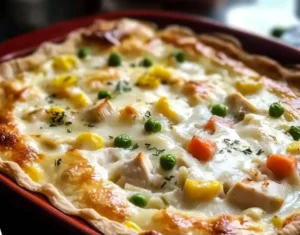Starting your culinary journey or moving into your first home can feel overwhelming, especially when it comes to equipping your kitchen. With endless gadgets and tools available, knowing what you truly need is key to creating a functional and efficient space.
This beginner’s guide simplifies the process, focusing on essential kitchen tools that are versatile, durable, and beginner-friendly. Whether you’re a budding chef or a cooking novice, these tools will set you up for success.
Why the Right Kitchen Tools Matter
Investing in the right kitchen tools ensures:
- Efficiency: Proper tools save time and effort.
- Consistency: Quality tools improve cooking precision.
- Enjoyment: Cooking becomes less stressful and more enjoyable.
- Savings: Avoid buying unnecessary gadgets that clutter your kitchen.
Essential Kitchen Tools for Every Beginner
Here’s a curated list of must-have kitchen tools to get started:
1. Chef’s Knife
A high-quality chef’s knife is the cornerstone of every kitchen. It’s versatile, suitable for chopping vegetables, slicing meat, and dicing herbs.
What to Look For:
- Stainless steel or high-carbon blade
- Comfortable handle grip
- 8-inch length for versatility
Pro Tip: Invest in a knife sharpener to maintain its edge.
2. Cutting Board
A sturdy cutting board protects your countertops and provides a safe surface for prep work.
Types to Consider:
- Wooden boards for durability and aesthetics
- Plastic boards for easy cleaning and handling raw meats
Bonus Tip: Choose boards with juice grooves to catch liquids.
3. Measuring Cups and Spoons
Precision is essential in cooking and baking. Measuring tools ensure consistent results.
What You’ll Need:
- A set of measuring cups for dry ingredients
- A liquid measuring cup with clear markings
- A set of spoons for small quantities
4. Mixing Bowls
Mixing bowls are versatile for meal prep, baking, and serving.
Ideal Features:
- Nesting bowls to save space
- Stainless steel or glass for durability
- Non-slip bases for stability
5. Non-Stick Skillet
Perfect for frying eggs, sautéing vegetables, and making pancakes, a non-stick skillet is a beginner’s best friend.
Size Recommendation:
- An 8- or 10-inch skillet is versatile and easy to handle.
Care Tip: Use silicone or wooden utensils to protect the non-stick coating.
6. Saucepan
A medium-sized saucepan is ideal for cooking soups, sauces, rice, and pasta.
What to Look For:
- Heavy-bottomed for even heat distribution
- A snug-fitting lid to trap heat
7. Baking Sheet
From roasting vegetables to baking cookies, a baking sheet is indispensable.
Features to Consider:
- Non-stick or parchment-lined options for easy cleanup
- Rimmed edges to prevent spills
8. Tongs
Tongs are versatile tools for flipping, tossing, and serving food.
Key Features:
- Stainless steel for durability
- Silicone tips for non-stick cookware
9. Colander
Draining pasta, rinsing vegetables, and washing berries are easier with a colander.
Options:
- Stainless steel for durability
- Collapsible silicone for small kitchens
10. Wooden Spoon
A wooden spoon is gentle on cookware and excellent for stirring soups, sauces, and batters.
Why Choose Wood:
- Doesn’t scratch surfaces
- Heat-resistant and durable
Optional (But Nice to Have) Tools
Once you’ve covered the basics, consider adding these tools for more versatility:
- Immersion Blender: Perfect for soups and smoothies.
- Slow Cooker: Ideal for hands-off cooking.
- Kitchen Shears: Handy for cutting herbs, opening packages, and trimming meat.
- Microplane Grater: Great for zesting citrus or grating cheese.
Organizing Your Kitchen Tools
A clutter-free kitchen enhances efficiency. Here’s how to organize your essentials:
- Drawer Dividers: Keep utensils like measuring spoons and tongs neatly separated.
- Hanging Racks: Save counter space by hanging tools like tongs and spoons.
- Countertop Jars: Store frequently used tools like wooden spoons within easy reach.
Tips for Buying Kitchen Tools
- Start Small: Focus on essentials first and expand as needed.
- Choose Quality: Invest in durable tools that will last.
- Test for Comfort: Handles should feel comfortable and secure.
- Read Reviews: Research brands and customer feedback before purchasing.
- Shop Smart: Look for sales, bundles, or secondhand options for cost savings.
Final Thoughts
Setting up your kitchen with essential tools doesn’t have to be complicated or expensive. By focusing on versatile, durable, and practical items, you’ll have everything you need to tackle a variety of recipes with confidence.
With these essentials in hand, you’ll be ready to experiment, enjoy cooking, and create delicious meals. So, grab your chef’s knife, roll up your sleeves, and let the culinary adventures begin!



